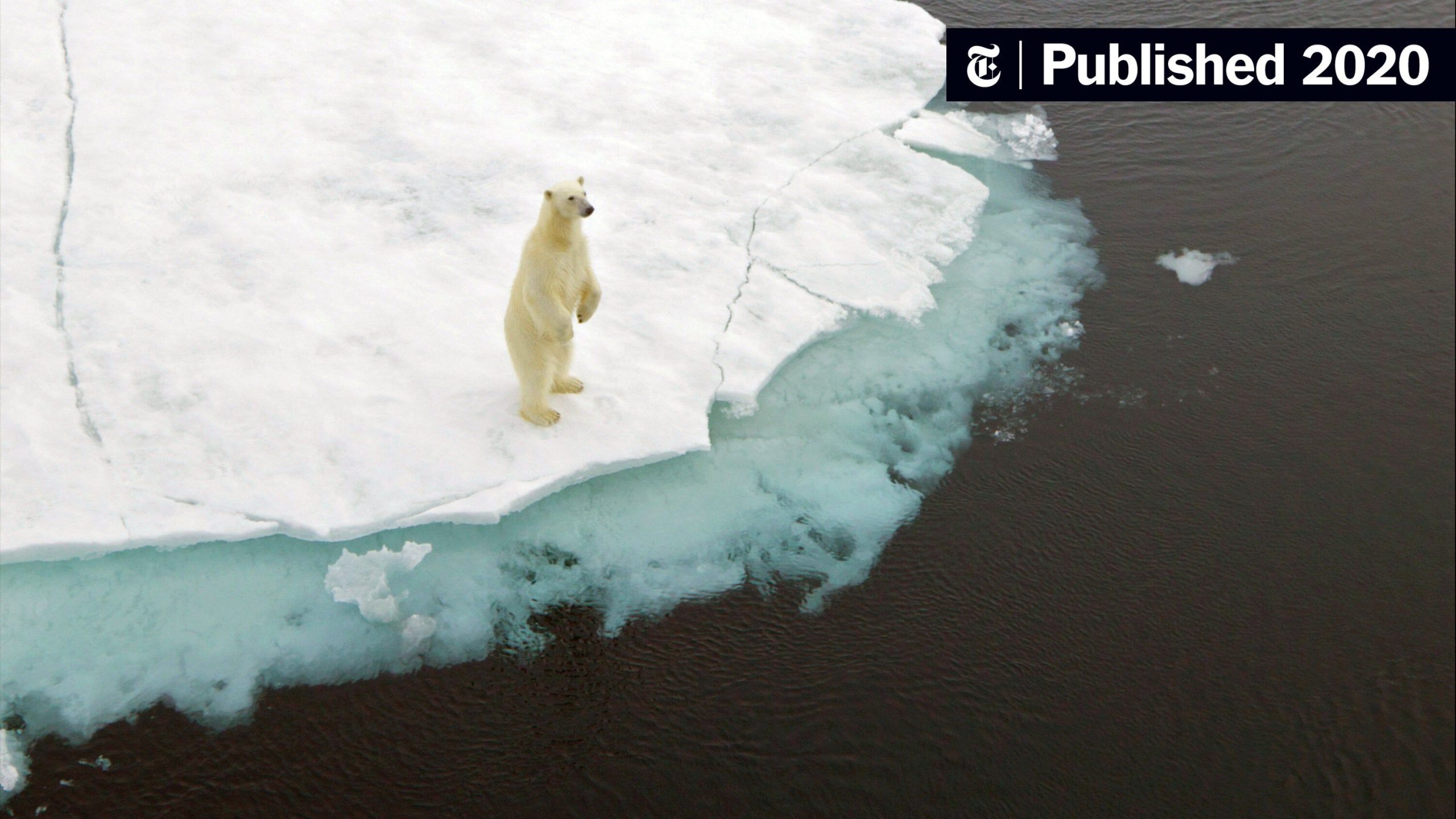Climate change is no longer a distant threat looming on the horizon; it is a reality that is already having devastating consequences on our planet and its inhabitants. One group that is particularly vulnerable to the impacts of climate change is endangered animals. As temperatures rise, habitats are destroyed, food sources disappear, and extreme weather events become more frequent, endangered animals are facing unprecedented challenges that could push them to the brink of extinction.
The Impact of Rising Temperatures
One of the most significant ways that climate change is affecting endangered animals is through rising temperatures. Many species have evolved to thrive in specific temperature ranges, and even a slight increase can disrupt their delicate balance. For example, polar bears rely on sea ice for hunting and raising their young, but as Arctic ice continues to melt at an alarming rate, their habitat is disappearing. This not only makes it harder for polar bears to find food but also reduces their ability to reproduce and care for their cubs.
Habitat Loss and Fragmentation
Another major consequence of climate change for endangered animals is the loss and fragmentation of their habitats. As temperatures rise, ecosystems are shifting, and many species are struggling to adapt. This can lead to a loss of biodiversity, as certain plants and animals are unable to survive in their changing environment. For example, the iconic koala population in Australia is dwindling as their eucalyptus forests are being destroyed by drought and wildfires caused by climate change.
Disruption of Food Sources
Climate change is also affecting endangered animals by disrupting their food sources. As temperatures rise, ecosystems are thrown off balance, and the availability of food becomes unpredictable. This can lead to malnutrition and starvation for many species. For example, the bleaching of coral reefs due to ocean warming is depriving many marine animals, including sea turtles and fish, of their primary food source. This can have ripple effects throughout the food chain, ultimately threatening the survival of entire ecosystems.
Increased Frequency of Extreme Weather Events
One of the most visible impacts of climate change on endangered animals is the increased frequency of extreme weather events. Hurricanes, wildfires, droughts, and floods are becoming more common and more severe, putting additional stress on already vulnerable species. For example, the black rhinoceros population in Africa is being decimated by droughts and heatwaves that are making it harder for them to find water and food. This not only weakens the rhinos themselves but also makes them more susceptible to poaching and disease.
What Can Be Done?
Despite the bleak outlook, there are steps that can be taken to mitigate the impacts of climate change on endangered animals. Investing in renewable energy sources, reducing carbon emissions, protecting and restoring habitats, and implementing conservation programs are all crucial in helping endangered species adapt and survive in a rapidly changing world. By working together to address the root causes of climate change, we can ensure a brighter future for all of Earth’s inhabitants, both human and animal.
Climate change is a global crisis that requires urgent action. By understanding how it is affecting endangered animals and taking steps to protect them, we can help preserve the rich biodiversity of our planet for future generations. The time to act is now.
References:
– World Wildlife Fund – Climate Change
– National Geographic – How Climate Change Affects Wildlife
– IUCN Red List of Threatened Species
